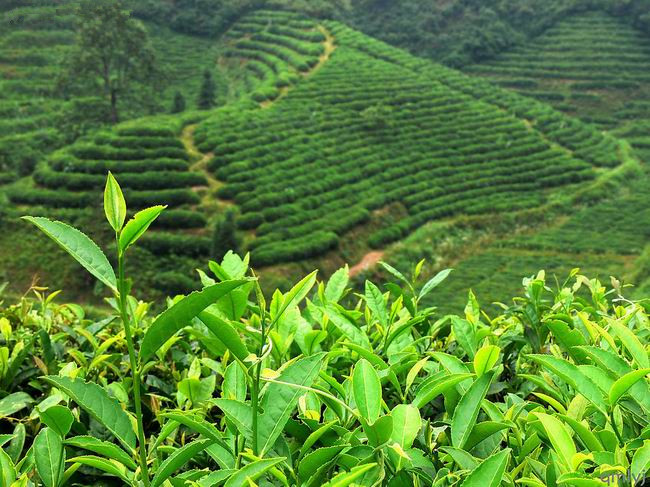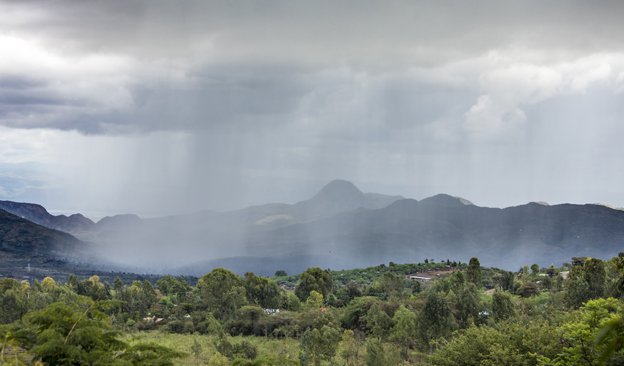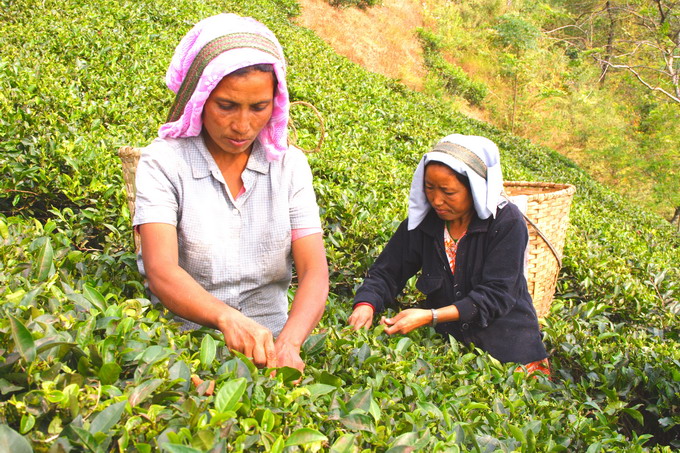What is the best tea in Nepal? Taste characteristics and brand price list of authentic Nepalese alpine black tea
If you have a sense of oneness with the pristine mountain scenery and connect with the perspective that Himalayan tours offer, then you will love Nepal. But if you've always secretly wished for a warm slice of apple pie instead of a damp tent on your mountain moors, then you're bound to love this place. Ask a traveler what is so special about Nepal, and he will reply,"There is always another adventure." Nepal is every traveler's favorite destination. Tourists prefer to appreciate Nepal at a more elegant pace, admiring the peaks from a Himalayan perspective, strolling through the medieval city squares of Kathmandu and Padang, joining the ranks of Tibetan Buddhist pilgrims, and taking spiritual walks around centuries-old pagodas and temples. Southern Nepal has wild, furry national parks, where nature lovers scour treetops for exotic birds and jungles for rhinos and tigers from the backs of lumbering Indian elephants. Adrenaline is also stimulated by rafting on roaring Nepal rivers or bungee jumping in bottomless Himalayan canyons. Canyon, rock climbing, kayaking, paragliding and mountain biking will make you fall in love with Nepal. Among these mysterious experiences lies Nepal's growing tea industry. Nepal is a relatively new player in a global tea market that has flourished for more than a century. Nepal's geography and other factors make its lush land ideal for growing tea. Nepal tea offers wonderful taste and unique taste of tea grown at high altitudes. Is Nepal tea the same as Darjeeling tea? Most of the major tea growing areas in Nepal are close to India's famous Darjeeling region. Even their harvesting methods are similar to Darjeeling. However, Nepal tea has a unique taste and aroma. Nepal's tea trees tend to be hardier and younger, a fact that can significantly affect all the qualities of the tea going into the cup. Nepal's traditional tea is either hand-processed or rolled in machines that mimic hand-rolling techniques. Special teas such as green tea, oolong tea, white tea and hand rolled tea can be considered orthodox tea.

Nepal tea cultivation Nepal orthodox tea is characterized by four green picking seasons. Spring tea, which begins in the fourth week of March and lasts until the end of April, gives tender leaves with subtle aromas and flavonoids. This tea is in short supply. Spring tea begins in the second week of May and lasts until the last week of July. This gives the stronger leaves and tea characteristics, with the first rinse of tea. According to experts, the best tea is brewed the second time. The monsoon season, also known as "rain tea," begins around the last week of July and lasts until late September. Due to the continuous rainfall, monsoon tea shows strong fusion. Now, the color and strength of the tea are fully developed, resulting in a full-bodied tea. Autumn usually begins in October and lasts until the end of November. This autumn tea gives a wonderful combination of musky flavours, intense aromas and amber wine. How do Nepal people make tea? Tea is an integral part of Nepal culture. The usual way to drink Nepal tea is to drink it with milk, which is boiled with tea and sugar. There are various kinds of butter locally, but most locals also add cardamom, cloves, black pepper, ginger or ghee (a pure butter made with milk or buffalo milk) for the perfect flavor! Nepal Standard Tea Recipe If you want to brew a delicious cup of Nepal tea, here are our recipes to help you.·Boil a cup of water and two teaspoons of tea for about 5 minutes. Add 2 teaspoons sugar, a dash of black pepper, ginger and cardamom (depending on taste). When boiling, add a glass of milk and bring everything to a boil. In addition to spiced milk tea, the taste of yellow camellia should also develop like Mongolian butter tea. Some of the traditional recipes of Nepal are those used by Westerners, who only add sugar to their tea. Decaffeinated Nepal tea (applies to all kinds of tea) This tip applies to any kind of brewed tea. To remove almost all of the natural caffeine, let the tea steep for 20 to 30 seconds, then pour water and steep with a new batch of water. Due to the chemical composition of tea leaves, most caffeine is released into hot water within 15 or 20 seconds of steeping. A short "pre-soak" of about half a minute will flush out all the caffeine. Then, you can start over with the same tea, this time caffeine-free!
As the Nepal tea industry continues to boom and build a following internationally, you can look for more branded teas from this region that proudly proclaims "Nepal tea." From its slow start in the mid-19th century to the 1970s, this small isolated country has become a lion in the global tea market.
Important Notice :
前街咖啡 FrontStreet Coffee has moved to new addredd:
FrontStreet Coffee Address: 315,Donghua East Road,GuangZhou
Tel:020 38364473
- Prev

What kind of Himalayan black tea do you have? Historical stories and Flavor characteristics of Black Tea planting and production in Kangra producing area of Kanagra
For a long time, the Himalayas have been a source of inspiration, purity, rejuvenation, etc. These majestic mountains do change many people who come here every year. Dharamsala, home to India's peace seekers, also boasts of being the home of the Dalai Lama. The little-known truth about the Himalayas
- Next

Which country does Nilgiri Nilgiri black tea come from? Sharing the methods and skills of how to make black tea correctly for one person
Once picked, Nilgiri Frost tea undergoes an intense withering process, removing most of the moisture and drying the edges of the leaves. Roll the dried leaves into the final shape. The resulting tea has a rich taste, but it is fresh and sweet at the same time. When was Nilgiri tea discovered? Until
Related
- The milk tea cup becomes smaller?! Overlord Tea Girl launches a new "Return to Yunnan" series
- Accused of selling counterfeit and high-priced coffee beans! Well-known boutique coffee brand "Oukelao" bowed and apologized!
- How to make espresso dumplings? Can I eat coffee and glutinous rice balls together?
- Save the unformed and stagnant powder cakes in one second! What is the problem with stagnant water in the powder bowl of the espresso machine?
- What does hand-brewed coffee stop mean? Why is it not recommended to make coffee by hand?
- Is it normal to smell like coffee? Why does coffee smell like alcohol? What's wrong with the strong smell of cold extract ice dripping ice brewed coffee?
- How to solve the problem that hand-brewed coffee extraction takes too long? Why is the water flowing so slowly when making coffee?
- The main points of making Australian white coffee, the proportion details, how does Australian white properly foam and blend the flowers?
- Can ice water make cold extract coffee? What is the difference between room temperature water and ice water for making cold coffee?
- What milk is best for making latte and white Dirty coffee? What is the difference between different brands of fresh milk and pure milk for making coffee?

